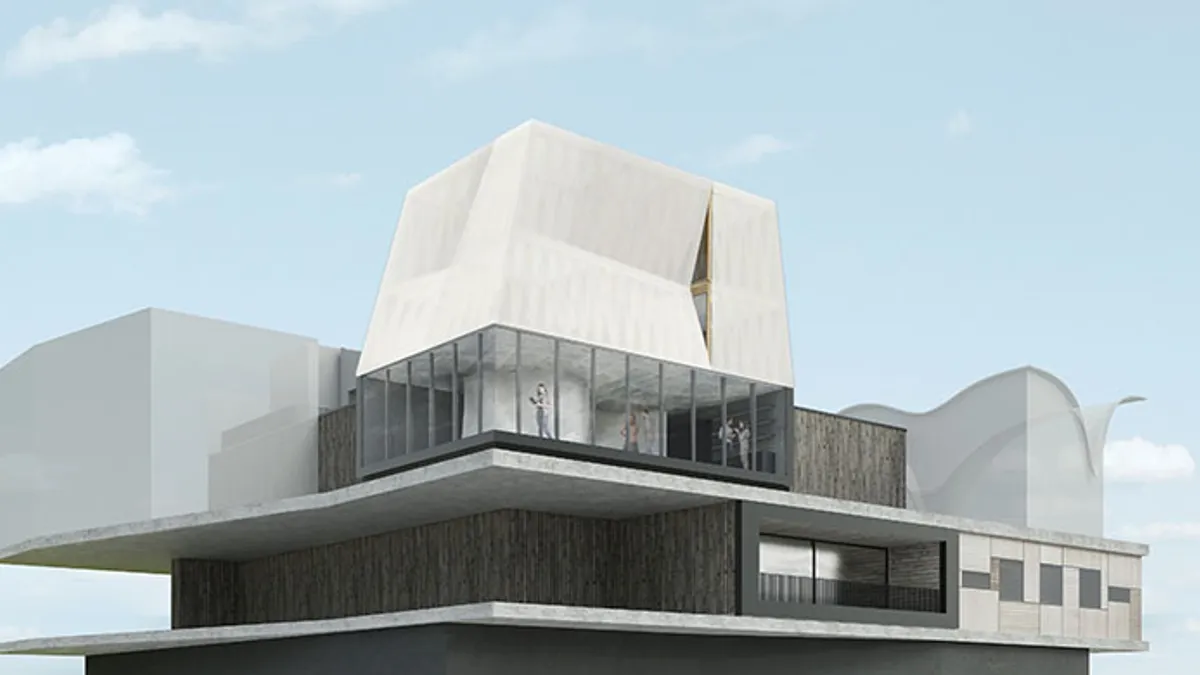Dive Brief:
-
A team of researchers from ETH Zurich are joining industry partners to digitally design and build a three-story, 2,152-square-foot house, according to the university.
-
The Digital Fabrication (DFAB) House aims to show how using digital technologies can make building construction a more sustainable and efficient process as well as elevate design. Among the tech used is robotically extruded steel wire mesh and automated slip-forming.
-
When the house opens next summer, it will test smart-home products and systems.
Dive Insight:
ETH Zurich’s DFAB house joins a growing trend of putting emerging technology to work both in the home itself as well as in the processes used to design and build it. Such digital, often automated technology, as a homebuilding tool could one day reduce construction timelines and decrease the reliance on skilled labor in the field. It can also help the project team understand how the house is supposed to be built before construction begins.
"Most builders, before they put up the drywall, should know that the home they built is the home that they’re supposed to be building," Tim Costello, CEO and president of consultancy BDX told Construction Dive.
Technology used to build a “digital twin” of a home won’t just benefit the builders, he says, but future owners, too. They’ll have an opportunity to see what their home will look like inside and out, and to compare features before a single nail is hammered or a screw is tightened.
In terms of time-savings, one could look to Dutch company CyBe Construction, which used a mobile 3-D printer to build a 1,808 square foot drone research and development lab in Dubai. The project took three weeks to complete, and it is now the world’s first 3-D printed laboratory. Meanwhile, AECOM teamed up with Chinese real estate company WinSun — which has already shown its 3-D printing prowess through projects like public restrooms with drainage and a 12,000-square-foot residence — on a memorandum of understanding to further explore additive manufacturing for construction.
Other emerging building technologies include offsite construction, through which large components or modules are assembled in a factory and shipped to the job site for assembly. Advocates of the construction method cite reduced material waste and shorter timelines as advantages.













